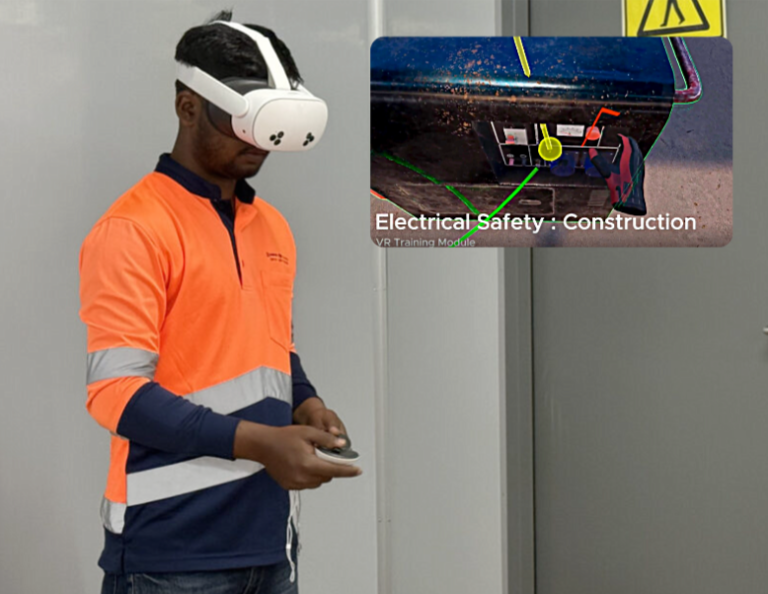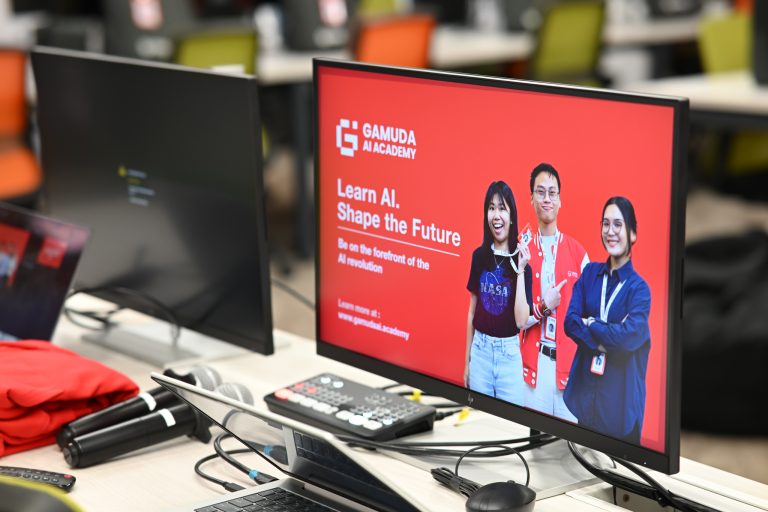At Autodesk University 2023, Justin Chin from Malaysian engineering and construction leader Gamuda unveiled how the company has successfully expanded across Asia Pacific by making data and digital technology core to its operations.
Speaking in a session titled “Scaling Globally with a Data-Driven Platform,” Chin explained that Gamuda has transitioned to being a “data-first company” powered by Autodesk Construction Cloud (ACC) as the foundation of its new Digital Operating System.
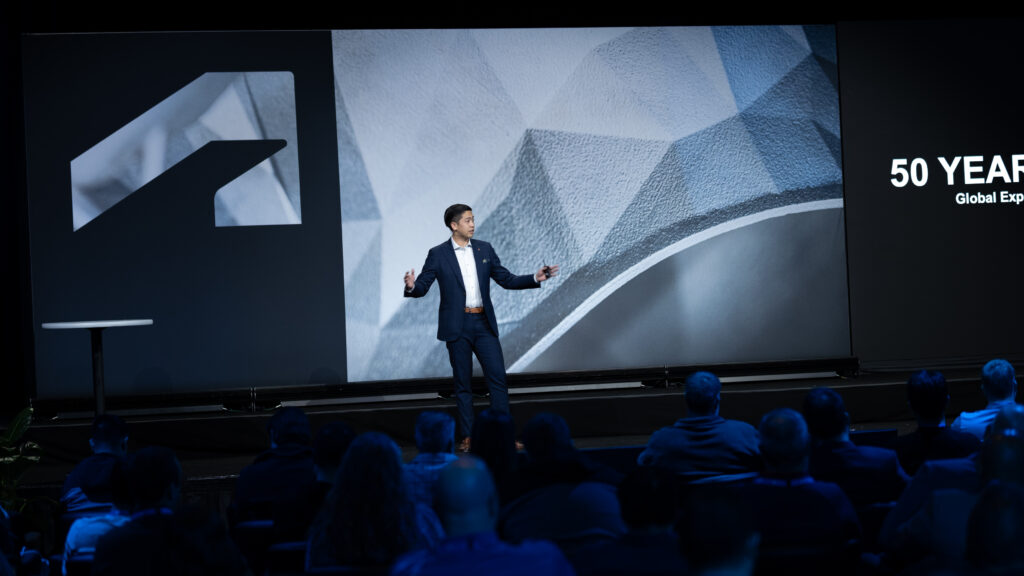
Gamuda faced challenges typical of construction firms undergoing rapid growth – teams were siloed, using disparate software tools, and losing valuable data after each project concluded. This made it difficult to maintain consistent quality and experience across all of Gamuda’s infrastructure projects spanning metros, water treatment plants, solar farms and more.
By standardizing on ACC as a common data environment integrated with Gamuda’s other in-house tools, the company has been able to break down those operational silos. All project data is now centralized and accessible through APIs that enable advanced analytics, custom app development, BIM model distribution and payment processing.
“ACC has given us unprecedented capability,” Chin stated, highlighting examples like an augmented reality app that pulls live models onto tablets for on-site inspections and tunneling telemetry tracking powered by IoT data streams.
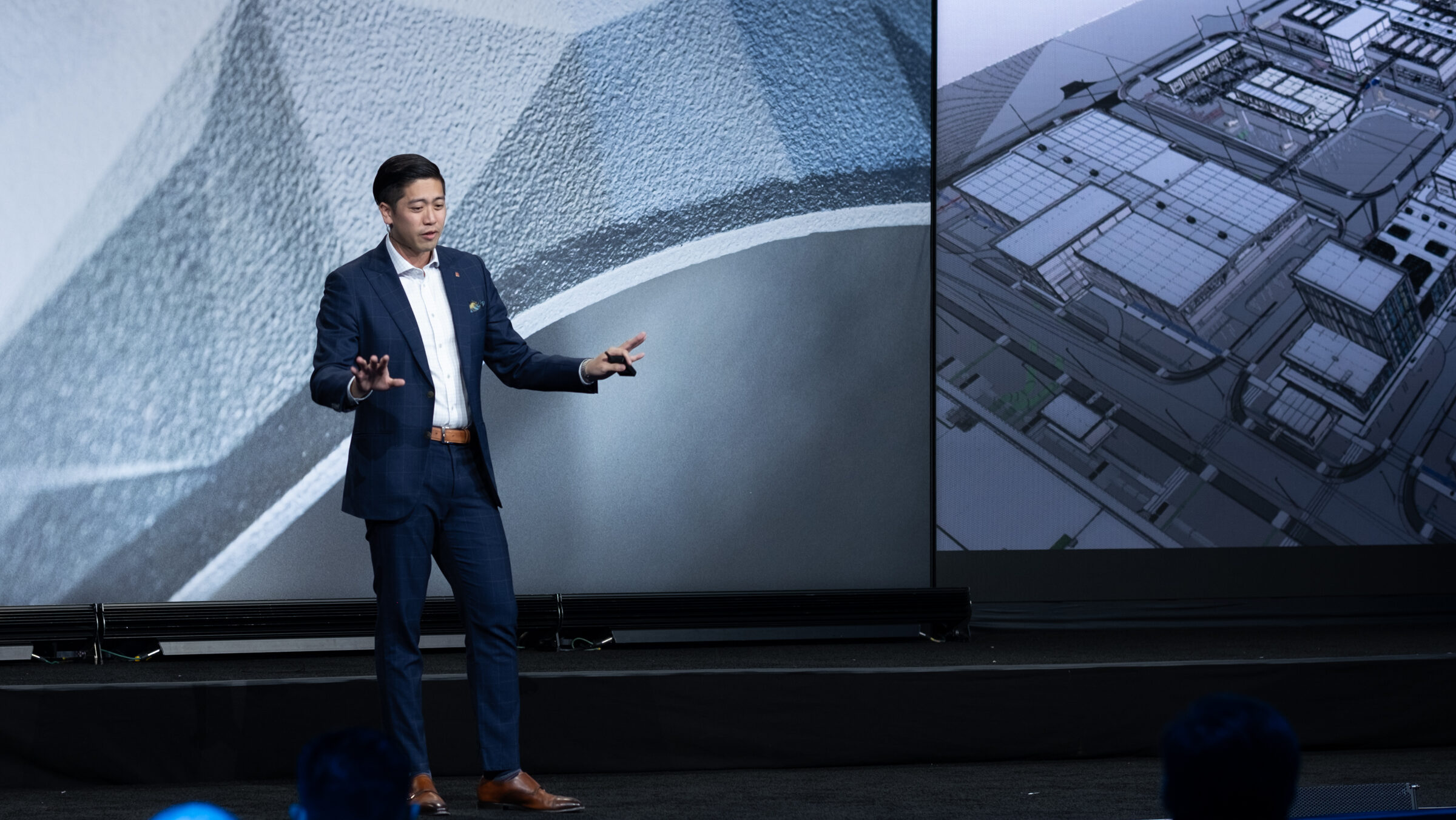
The impact has been transformative across Gamuda’s global workforce. Dashboard and data visualization skills have become essential, even for field personnel. New roles like Digital Engineering Manager are emerging to support the data-driven approach.
Chin emphasized that analytics and machine learning capabilities were key factors in selecting ACC as Gamuda’s digital platform. With centralized, standardized data, the company can apply AI to optimize processes, budgets, safety and quality control across all its projects.
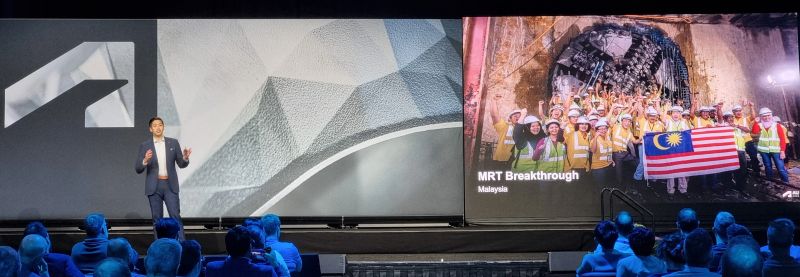
Underpinning this technical evolution is a broader “cultural shift” at Gamuda away from legacy information silos and towards a more collaborative, data-centric way of working. As Chin summarized, “We can much better manage risks because we now have much better insight to almost everything that’s going on in our projects with our data first approach”.


